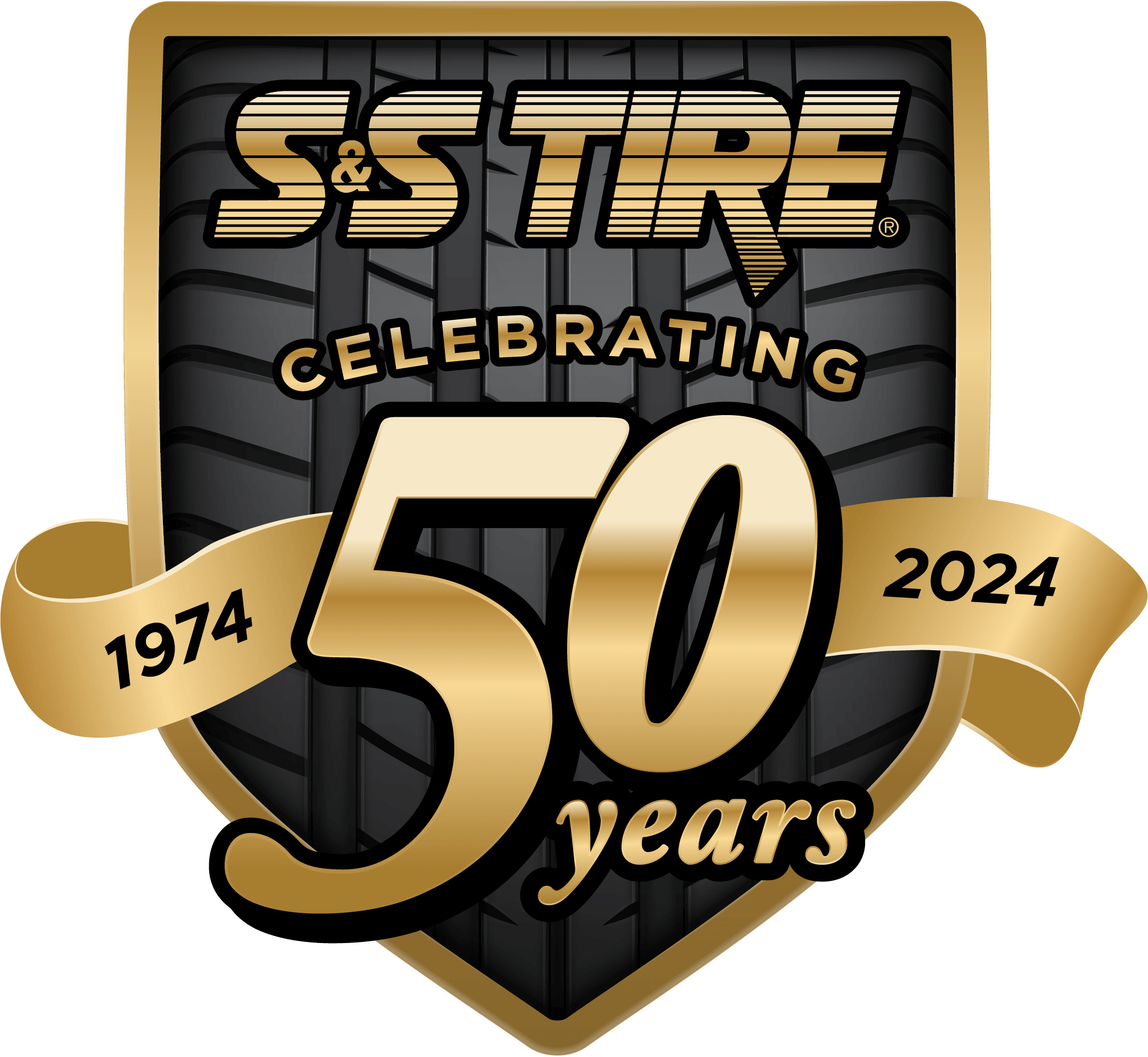Your car’s cooling system manages the important job of transferring excess heat from the vehicle engine to the radiator. Coolant added to the cooling system absorbs the heat and redirects it to the radiator where it is dispersed into the air. It may also be directed through the heat exchanger to heat the passenger area in winter. Coolant is made up of a 50/50 ratio mixture of ethylene or propylene glycol and water. While water alone could do the job of transferring heat, it is not used by itself because it would be too corrosive to the engine.

What happens if the cooling system fails?
Coolant is subject to rapid breakdown because it functions in a hot and hostile environment. Once the coolant’s rust inhibitors become depleted, corrosion may occur in the confined passages in the engine and radiator. Ultimately some corrosion will take place, even with rust inhibitors. The engine block is the main source of rust in a car’s cooling system. Particles of rust will clog radiator and heater passages, causing your engine to overheat. If coolant is not regularly monitored, the rust inhibitors stop working, and the cooling system rusts from the inside out.
What maintenance does a cooling system need?
The beneficial elements found in coolant breakdown over time, which leaves the engine and radiator vulnerable to corrosion. Eventually rust deposits can accumulate and clog the cooling system and radiator. The clogs lead to overheating, which is the most common cause of engine damage and breakdowns. A coolant flush and fill will prevent these deposits and overheating. Getting a coolant flush and keeping the coolant fresh is much less trouble and expensive than repairing a heater core or radiator, or head gasket.
How often do I need to schedule coolant system maintenance?
The typical time frame for having cooling system maintenance done is two years or 30,000 miles. See your owner’s manual for your vehicle manufacturer’s recommendations.
